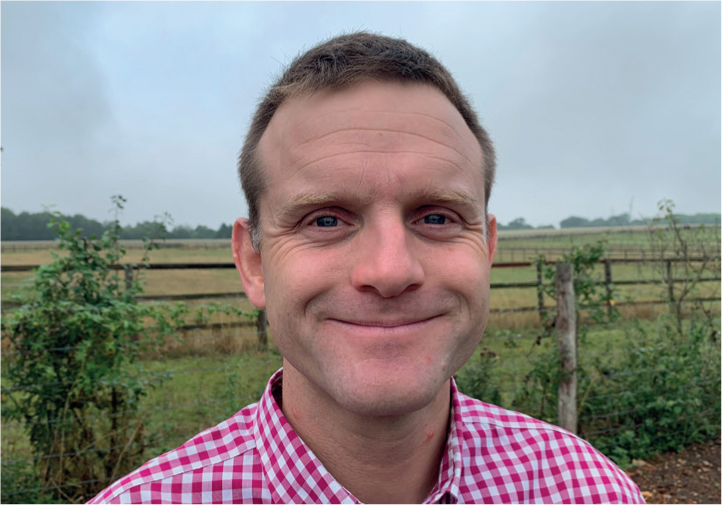
I trained in London as a student paramedic and qualified in 2012. I have a degree in an unrelated subject and was glad of the opportunity to qualify via the Institute for Healthcare Development (IHCD) route as I could not have afforded to go back to university to study paramedic science at the time.
Not long after qualifying, I moved to Manchester to work (London rent prices got too much!) until 2016 when I got a job with the Hampshire and Isle of Wight Air Ambulance. I had done some self-directed study while in Manchester and achieved a Postgraduate Certificate in Prehospital Critical Care from the University of Warwick, which put me in a good position to continue studying for a Postgraduate Diploma in Advanced Clinical Practice while at HEMS (helicopter emergency medical services).
In 2020, I was employed by University Hospital Southampton as a Trainee Advanced Critical Care Practitioner in the neuroscience intensive care unit and have switched onto the Advanced Critical Care Practitioner (ACCP) MSc. course, which will allow me to apply for membership of the Faculty of Intensive Care Medicine as an ACCP on completion.
The ward round where I work starts at 8 am. The night shift—a combination of ACCPs and junior doctors—hand over each of the patients highlighting any immediate needs, ongoing issues and jobs that need doing during the day. This is all overseen by a neurointensive care consultant, who retains overall responsibility for the patients and clinical team.
Following the round, we meet briefly at the ward whiteboard to allocate patients and make a note of tasks for each patient for the day—this could be an appointment time for a CT scan, calling the microbiology team for advice or getting a ward transfer summary completed. Between 9 and 11 am, we disperse to examine our allocated patients. This normally begins with having a chat with the bedside nurse for each patient to see if they have any concerns and to get an idea of how the patient is doing. The nursing staff are invaluable in highlighting any progress or deterioration in the patient's observations and offering suggestions on management. They spend 12 hours at a time with each patient so are acutely tuned in to everything that is going on. Following a look over the notes and most recent test results (blood tests, x-rays, scans, etc) comes examination of the patient, which follows an A–E type approach. One big change I have had to come to terms with is dealing with the large volumes of information generated by all the patient monitoring equipment. In addition to the parameters I was used to dealing with prehospitally, there is a myriad of new metrics to take in, process and prioritise. Fortunately, there are always colleagues around to ask for advice; the team has been patient and supportive in helping me get to grips with my role.
We meet at 11 am for a ward round led by the consultant, where each patient is discussed in detail and an ongoing management plan decided. During this discussion, there is ample opportunity for teaching. Following the round, it's back to the patients to action any changes to management plans—this may be weaning sedation, changes to prescriptions or discussing physiological targets with the neurosurgeons. Once this is done, there is usually time for lunch at about 1:30 pm and some reading around anything that may have come up in the round (of which there is usually plenty!).
During the afternoon, there is a consultant-to-consultant handover and I will continue to check that each of my patients is okay. It is also an opportunity to get some more jobs done. This could involve admitting a new patient, which requires a full review of their notes and a physical examination, or putting a central line into a patient requiring vasopressor support under supervision of one of the qualified ACCPs. The end of the shift at 8 pm tends to creep up. I will briefly review the most recent observations for my patients before handing over to the night team and heading home.
I feel very lucky to have this opportunity to continue my clinical development. It is challenging—there is much to learn and lots of new information to deal with but I am well supported by experienced colleagues and am proud to be working in a great multidisciplinary team in a hospital setting. #notallparamedicsweargreen

